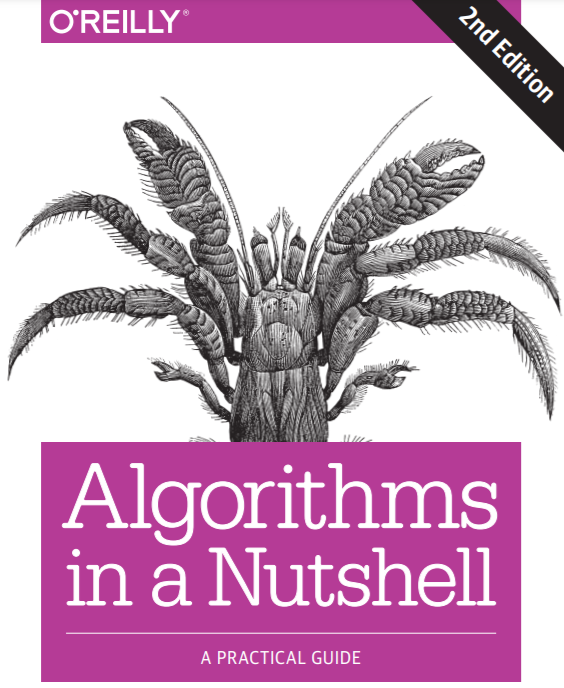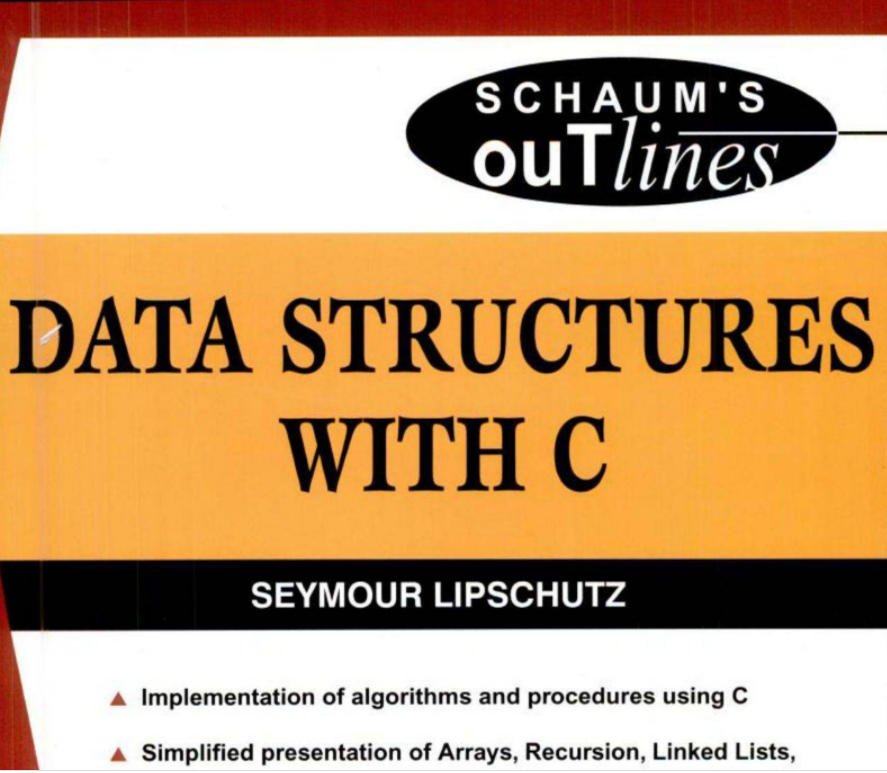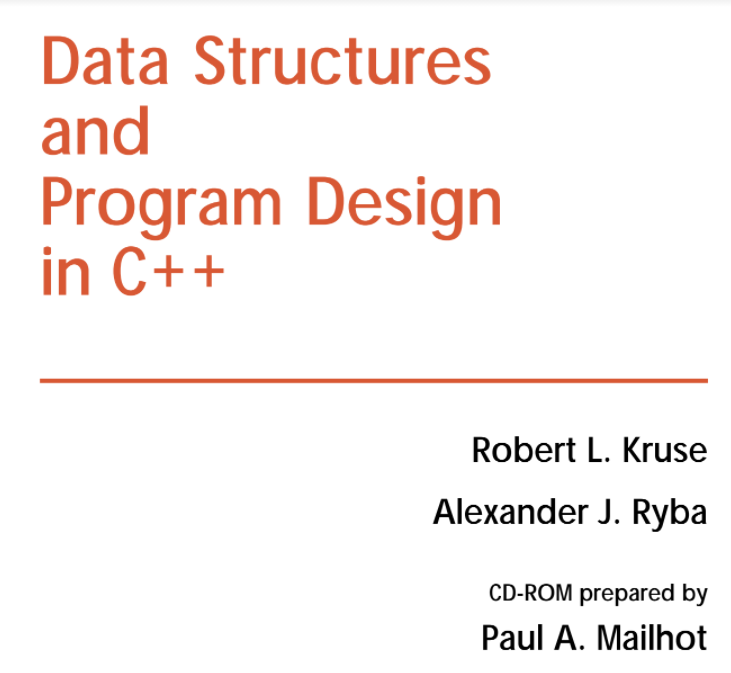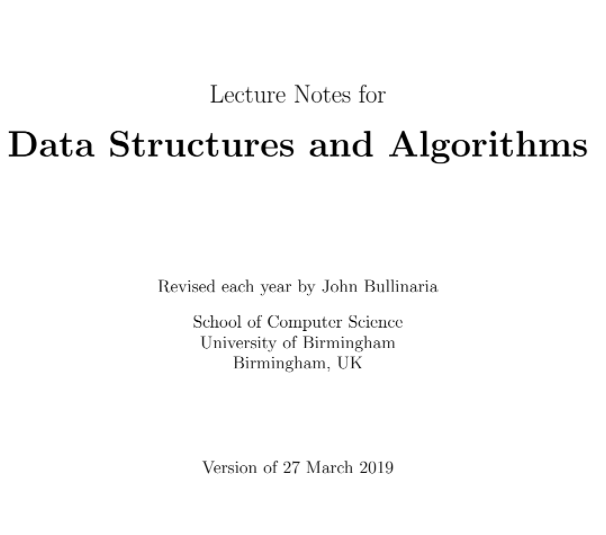Algorithm and Data Structure books pdf download
About Algorithms

Algorithm and Data Structure books, Algorithms and Data Structure Even though books are frequently used as textbooks in Hausarbeit schreiben lassen Preise universities, colleges, and Computer Science degree programmes, programmers struggle when faced with the task of determining which data structures and algorithms to utilise to solve a problem. This is something we have seen, and we believe one reason for it is perspective. When you study a textbook and your only goal is to pass the exam, you may not be thinking about learning and applying what you’ve learned to real-world challenges. Because data structures and algorithms are at the heart of every programming challenge, understanding them is critical for programmers.
We’ll include books on data structures and algorithms in this article that we think it is worth considering and can assist any programmer understand data structures and algorithms. After learning that a combination of book and online courses is preferable for beginners, We decided to give it a try.
| Book Name | Author’s Name |
|---|---|
| Data Structures Using C | Reema Thareja |
| Algorithms in a Nutshell | George T Heineman Gary Pollice Stanley Selkow |
| Data structures with C | Seymour Lipschutz |
| Data Structures and Program Design in C++ | Robert L. Kruse |
| Data Structures and Algorithms | School of Computer Science, University of Birmingham, |
| Algorithms Notes for Professionals |
About Book:
This second edition of Data Structures Using C has been developed to provide a comprehensive and consistent coverage of both the abstract concepts of data structures as well as the implementation of these concepts using C language. It begins with a thorough overview of the concepts of C programming followed by introduction of different data structures and methods to analyse the complexity of different algorithms. It then connects these concepts and applies them to the study of various data structures such as arrays, strings, linked lists, stacks, queues, trees, heaps, and graphs.
The book utilizes a systematic approach wherein the design of each of the data structures is followed by algorithms of different operations that can be performed on them, and the analysis of these algorithms in terms of their running times.
Each chapter includes a variety of end-chapter exercises in the form of MCQs with answers, review questions, and programming exercises to help readers test their knowledge.
About Author:
WIM RUITENBURG and JOHN SIMMS of Marquette University, as well as remarks from previous students RICK VOGEL and JUNWANG, have all provided ALEX RYBA with helpful suggestions and encouraging counsel over the years.
It is a particular pleasure for ROBERT KRUSE to acknowledge the ongoing advice and assistance of PAUL MAILHOT of PreTEX, Inc., who was an outstanding student in the beginning, then worked as a dependable research assistant, and who has now evolved into a valued colleague making significant contributions in software development for book production, project management, and problem solving for the publisher, and who has now become a valued colleague making significant contributions in software development for book production, project management, and problem solving for the publisher.
About Author:
Seymour Saul Lipschutz is an author of technical books on pure mathematics and probability, including a collection of Schaum’s Outlines. Lipschutz received his Ph.D. in 1960 from New York University’s Courant Institute. He received his BA and MA degrees in Mathematics at Brooklyn College.
About Author:
George T. Heineman is an associate professor of computer science at Worcester Polytechnic Institute. His research interests are in software engineering. He coedited the 2001 book Component-Based Software Engineering: Putting the Pieces Together (Addison-Wesley). George was the program chair for the 2005 International Symposium on Component-Based Software Engineering. Gary Pollice is a self-labeled curmudgeon (that’s a crusty, ill tempered, usually old man) who spent more than 35 years in industry trying to figure out what he wanted to be when he grew up. Even though he hasn’t grown up yet, he did make the move in 2003 to the hallowed halls of academia, where he has been corrupting the minds of the next generation of software developers with radical ideas like, “develop software for your customer,” “learn how to work as part of a team,” “design and code quality and elegance and correctness counts,” and “it’s OK to be a nerd as long as you are a great one.”
About:
Revised each year by John Bullinaria
School of Computer Science
University of Birmingham
Birmingham, UK
Version of 27 March 2019
School of Computer Science, University of Birmingham, UK, 2018
Note: This website is for for students and graduates who want to get free engineering e-books, Competitive Study Notes, and other study tools. Our goal as a Study with Genius Team is to assist students and others who cannot afford to buy books. If you find this study material/book is useful, please purchase it legally from the publisher and, if you feel so inclined, share it with others.
Disclaimer: StudywithGenius did not develop or scan this book/materials and does not own it. We provide links to resources that are already available on the internet. Disclaimer are warmly requested to contact us with any quarries, and we assure you that we will do our best. We DO NOT SUPPORT PIRACY; but, this copy was made available to students who are financially challenged yet still want to learn. Thank you very much.

















![[PDF] Best Book for Digital System and Design for Gate | Digital Systems and Design Books PDF Free Download](https://studywithgenius.in/wp-content/uploads/2021/08/WhatsApp-Image-2021-08-23-at-9.11.23-PM-1024x576.jpeg)

